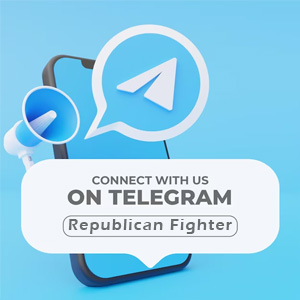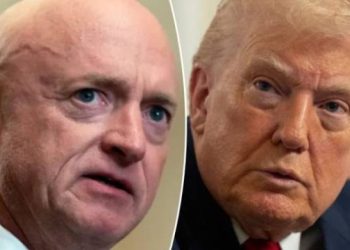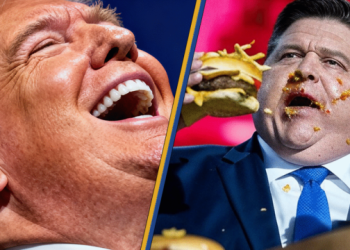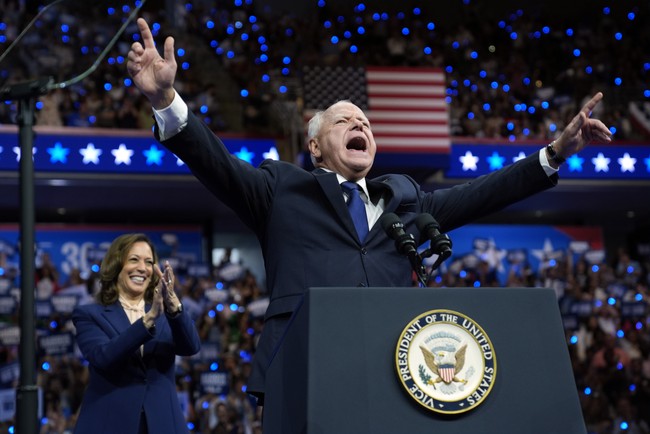Tesla CEO Elon Musk unveiled a long-awaited robotaxi on Thursday, featuring two gull-wing doors and no steering wheel or pedals, alongside a surprise reveal of a robovan. Musk is shifting the company’s focus from mass-market cars to autonomous vehicles. The “Cybercab,” set for production in 2026, will be priced under $30,000, while the robovan, capable of carrying up to 20 passengers, was introduced with few additional details.
However, Musk did not provide a clear timeline for scaling production or navigating regulatory hurdles to bring the robotaxi to market. While he claimed autonomous vehicles could be “10 times safer than humans,” analysts pointed to the challenges of ensuring safety and reliability, particularly in complex driving scenarios.
The event, titled “We, Robot,” showcased Tesla’s vision of a future led by AI-driven vehicles. Musk promised that running the Cybercab would cost just 20 cents per mile, with charging via inductive methods, and robovan operations would cost even less, at 5 cents per mile. The vehicles rely on cameras and artificial intelligence rather than lidar, a technology widely used by competitors.
Musk also promoted advancements in Tesla’s humanoid robot “Optimus,” which he said could eventually be priced between $20,000 and $30,000. Despite the futuristic promises, some investors expressed disappointment at the lack of concrete timelines. Tesla’s earlier plans for a smaller, cheaper car have been sidelined, even as the company faces slowing demand for its existing electric vehicle lineup.
Musk had previously predicted operational robotaxis by 2020 but has repeatedly missed such targets. He stated that fully autonomous unsupervised driving could begin in Texas and California next year, though questions remain about how Tesla plans to achieve its vision from a practical and regulatory perspective.
 Telegram is where we really talk. Don't miss out!
Telegram is where we really talk. Don't miss out!









